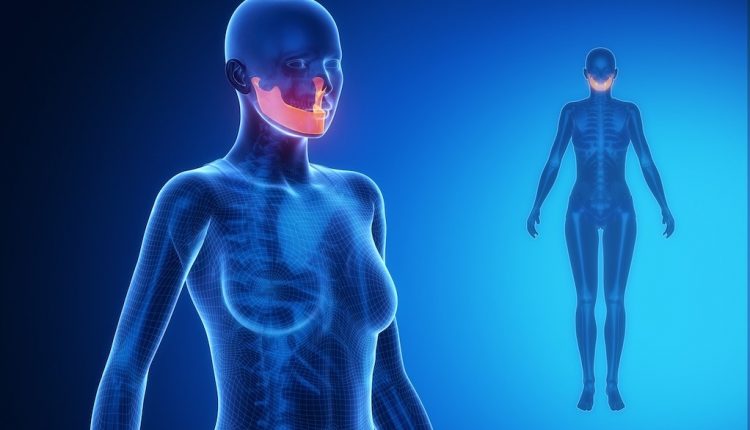
What is facial paralysis and the different therapies to cure it
Paralysis of the VII cranial nerve, or facial nerve, is a disease that can appear without apparent causes or be linked to acute infections, bone trauma, tumors and cardiovascular events
In any case, it is a disabling condition that can have a heavy negative impact on the daily life of those who suffer from it and above all on the psychological and relational aspect.
Plastic surgery, associated with a specific rehabilitation process, in many cases allows restoring the symmetry of the face, compromised by the pathology, and giving a new smile and a new hope.
What is facial nerve paralysis?
Facial nerve paralysis is due to damage to the facial nerve, the seventh cranial nerve that reaches the ear and the mimic muscles of the face from the braincase.
It has the function of:
- regulate facial mobility;
- check the ear canal and sense of taste.
It is a so-called even nerve, i.e. present in 2 copies, one for each side of the face, and symmetrical.
Damage to this nerve manifests as difficulty moving and marked weakness of the muscles in one or both parts of the face.
The causes of facial paralysis
The causes of facial nerve paralysis can be different.
The most frequent is inflammation of the facial nerve, which gives rise to the so-called Bell’s palsy, a form that appears suddenly and usually affects only one half of the face.
Bell’s palsy is a peripheral neuropathy that can occur at any age without a clear cause
However, there is some evidence that it is related to reactivation of the herpes simplex virus or varicella zoster virus.
Other causes of facial paralysis are:
- trauma;
- tumors (particularly acoustic neuroma);
- brain stroke;
- diabetes;
- obstetric trauma, i.e. at the time of birth.
Depending on the origin, paralysis can appear suddenly or gradually, it can be temporary or permanent.
Symptoms of facial paralysis
The symptoms of facial nerve palsy vary depending on the extent of the damage to the nerve and can range from mild dysfunction to complete paralysis with the inability to move all or part of the muscles in the face.
In particular, the functional problems that paralysis determines are mainly borne by the eye and the mouth:
- eye wide open and not lubricated;
- soft tissue drooping of the eyelid region (lagophthalmos);
- eyelid ectropion (rotation of the eyelid outwards);
- impaired speech articulation;
- drooping of one corner of the mouth;
- excess saliva (drooling).
Treatments for facial paralysis
Treatment of facial paralysis depends on the underlying cause.
If it is secondary to cancer, stroke or diabetes, treatment will need to intervene to treat the underlying cause.
If, on the other hand, it is paralysis with no apparent cause, corticosteroids or antivirals may be indicated to reduce inflammation, eye drops and ointments to lubricate and prevent eye problems, physical therapies with massages and targeted exercises to rebalance and relax the facial muscles.
The prognosis of Bell’s palsy is very good: in about 75% of cases, a full recovery occurs within 2 to 3 months
However, there are patients who do not have a complete recovery and require further medical or surgical (plastic) support and treatment.
Patients with permanent lesions, i.e. those who do not improve 10 months after the onset, can also be referred to surgery.
Plastic surgery
Depending on the situation and the level of functional impairment, the goal of plastic surgery is:
- lift and ‘reposition’ the paralyzed area (static surgery);
- restore the functionality of the paralyzed part of the face (dynamic treatment).
Static surgery
In the case of static surgery, a sort of facelift is performed, with which the paralyzed face muscles are lifted to improve the position of the lower eyelid and restore the anatomy of the mouth, so as to restore harmony and balance to the face.
The dynamic treatment
Among the dynamic treatments, however, one of the most effective surgical interventions is the transposition of the fascia lata according to ‘Morrison’.
In practice, a portion of muscle is taken from the patient’s thigh and is grafted as a bridge between the tendon of the temporalis muscle and the orbicularis muscle of the mouth.
So:
- symmetry with the healthy side is restored through the activation of the temporalis muscle and the transposed fascia latae,
- the drooling that these patients often experience and the palpebral ectropion are reduced.
The operation is performed under general anesthesia, in hospitalization and must be followed by a specific rehabilitation process, to help the patient regain control of his movements and his expressiveness.
Very often this operation must be associated with other surgical repair methods depending on:
- date of onset of paralysis;
- age of the patient;
- possible involvement of other nerves.
Read Also:
Emergency Live Even More…Live: Download The New Free App Of Your Newspaper For IOS And Android
Vertebral Fracture: Causes, Classification, Risks, Treatment, Paralysis
Differences Between Mechanical And Paralytic Ileus: Causes, Symptoms And Treatment
Bone Cysts In Children, The First Sign May Be A ‘Pathological’ Fracture
Raising The Bar For Pediatric Trauma Care: Analysis And Solutions In The US
Paediatrics: Managing Chickenpox In Children
Managing Chickenpox In Children: What To Know And How To Act
What Is Impetigo In Adults And Children And How To Treat It
Shingles, The Painful Return Of The Chickenpox Virus
Herpes Zoster, A Virus Not To Be Underestimated
Ramsay Hunt Syndrome: Symptoms, Treatment And Prevention
Facial Nerve Injuries: Bell’s Palsy And Other Causes Of Paralysis



